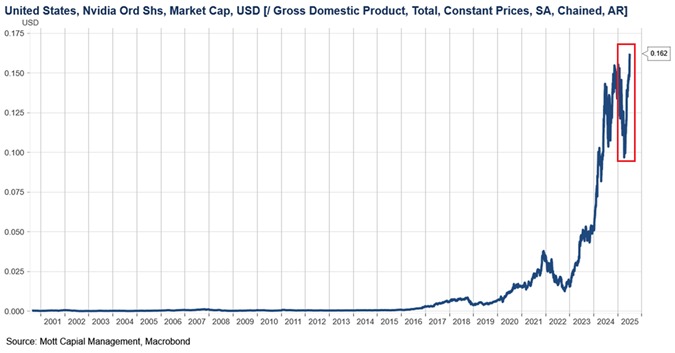

Molly White’s coverage:
…maintained that they were merely developing privacy-preserving software, and that they were not responsible for criminal use of the software. Prosecutors have argued that the developers actively intended the software to be used for criminal purposes, pointing to marketing aimed at “Dark/Grey Market participants” and those engaged in “Illicit activity”.
Judge Cote cited a letter to the court in which Rodriguez continued to say that he was merely motivated by a desire to protect financial privacy and not “a desire to facilitate criminal activity” as evidence that Rodriguez “has not come to terms with what he did. … The letter indicated to me that you were very much still operating in a world with moral blinders on.”










I’m down, but RISC-V has a looooot of ground to make up first. Last I checked, total number of RISC-V devices in existence was an order of magnitude less than what Qualcomm produces in a year.